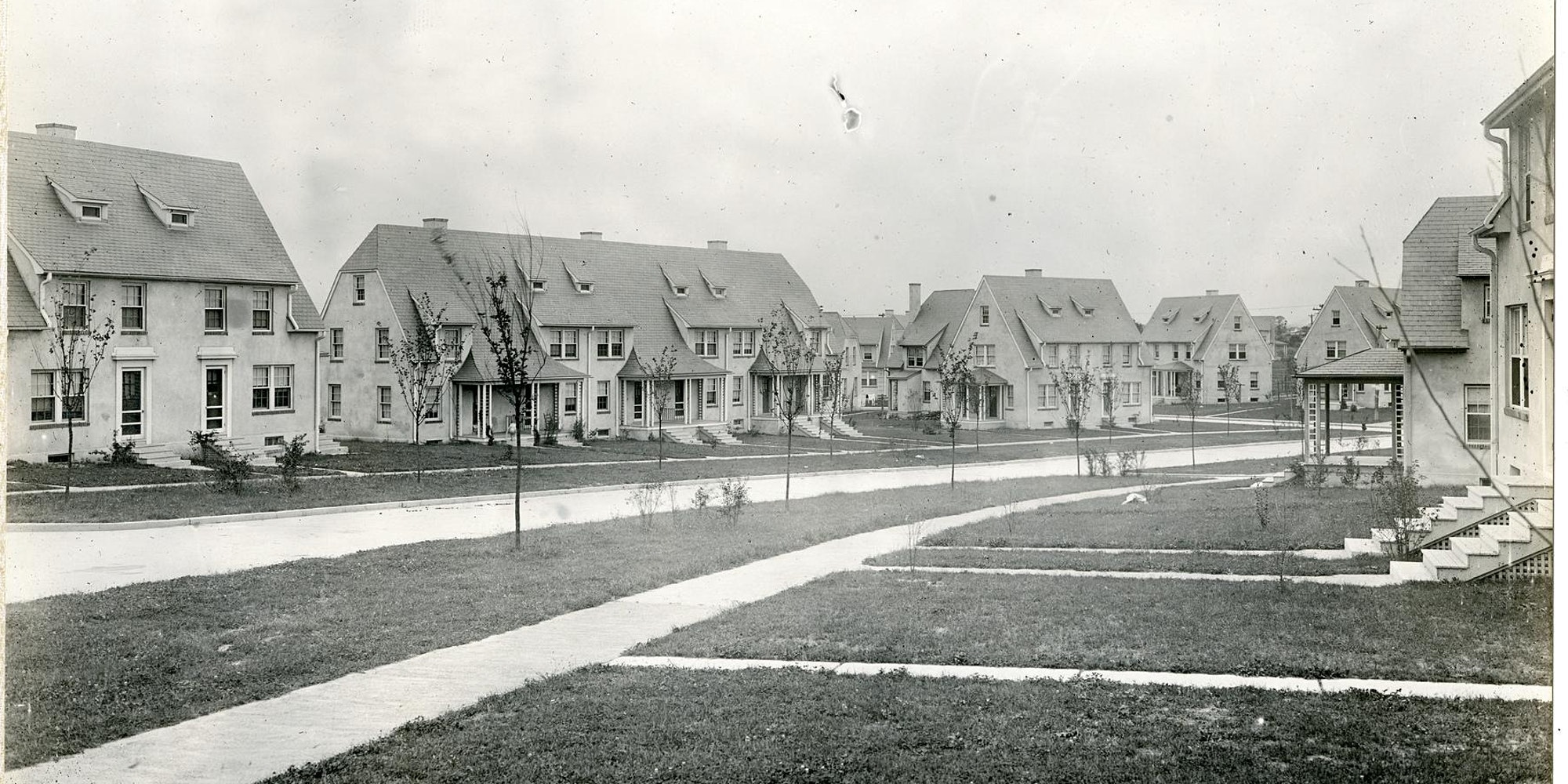This program is hosted on Zoom. Upon registering you will receive an email confirmation and a Zoom link. If you do not receive a link, please contact ndennies@aiabalt.com. If you do not contact us at least 1 hour prior to the start of the program, we cannot guarantee admittance.
The Baltimore Architecture Foundation (BAF) and Baltimore Heritage present the Virtual Histories Series: 30 minute live virtual tours and presentations focusing on Baltimore architecture, preservation and history. Hosted every Friday at 1:00 pm EST. This special program is co-hosted by the Maryland Chapter of American Society of Landscape Architects (ASLA) and the Friends of Maryland’s Olmsted Parks & Landscapes (FMOPL) as part of Olmsted 200 celebration of the Bicentennial of Frederick Law Olmsted Sr’s birth.
Tickets are donation based. We encourage you to give what you can to support BAF and Baltimore Heritage. Your support helps us make up for lost tour and program revenue from COVID-19 and create more virtual programs like this.
The Bethlehem Steel Mill at Sparrows Point launched an effort to create a Garden City-style town in 1917 just before the US entered WWI. At the same time, the Federal Government began housing production for war workers. Frederick Law Olmsted, Jr. (FLO Jr.) headed the Town Planning division of the new United States Housing Corporation. Several colleagues in the nascent profession of city planning who had worked with FLO Jr. on Roland Park and Forest Hills Gardens were all directly involved in designing Dundalk, including Baltimore architect Edward Palmer, Roland Park Company leader Edward Bouton, and architects Grosvenor Atterbury and Charles Wellford Leavitt. Their plans were inspired by their designs for more affluent areas, including curvilinear streets, separation of uses, green spaces, and restrictive covenants. We will explore how these plans created a new community for workers and managers, but was segregated by race.
Presenters
Amy E. Menzer is executive director of Dundalk Renaissance, a 20 year-old non-profit community development organization, and is deeply interested in planning history and neighborhood change. She also serves as a Board member of the Friends of Maryland’s Olmsted Parks and Landscapes. She previously worked for Citizens Planning and Housing Association on housing and transportation advocacy, and has served as President of the Community Development Network of Maryland, NeighborSpace Baltimore County, the Patterson Park Neighborhood Association, and the Transit Riders League of Metropolitan Baltimore. She holds a Ph.D in Human Geography from Johns Hopkins University.
Joining this presentation is Meg Fairfax Fielding, past president of BAF, and member of BAF’s Dead Architects’ Society. By day, Meg is the head of the History of Maryland Medicine at MedChi, which was founded in 1799, but on weekends, loves to explore Baltimore and the surrounding areas and take deep dives into the historical contributing architects, such as Palmer & Lamdin. Follow her on Instagram at PigtownDesign.
Photo: Admiral Boulevard when first built.
